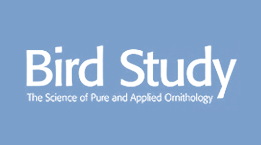Anthropogenic pressures within the breeding range of the Hen Harrier Circus cyaneus in Ireland
Patterns in the frequency and co-occurrence of anthropogenic pressures associated with suitable breeding habitat for Hen Harriers Circus cyaneus demonstrates the need for specific, focussed management and policy options aimed at mitigating impacts on this threatened population.
To describe anthropogenic pressures and threats in the upland breeding range of Hen Harriers and to explore their potential impacts on the declining Hen Harrier population.
We used text mining, mixed-effects models, principal component analysis and clustering methods to explore anthropogenic pressures on suitable breeding and foraging habitats for Hen Harriers in Ireland, based on the 2015 national breeding Hen Harrier survey data.
Mixed-effects models described a strong influence of agriculture, forestry, predator activity, and recreational activities on survey areas that contained Hen Harrier territories. Cluster analyses described three discrete pressure clusters and showed consistent co-occurrence of independent pressures.
Areas of suitable habitat for Hen Harriers in the uplands overlap with areas that experience anthropogenic pressures known to negatively impact on this vulnerable bird species. Combined with clear evidence for the co-occurrence of multiple pressures at a regional scale, this demonstrates a clear need for statutory agencies to consider the potential cumulative impacts of individual pressures when developing conservation strategies for Hen Harriers.


